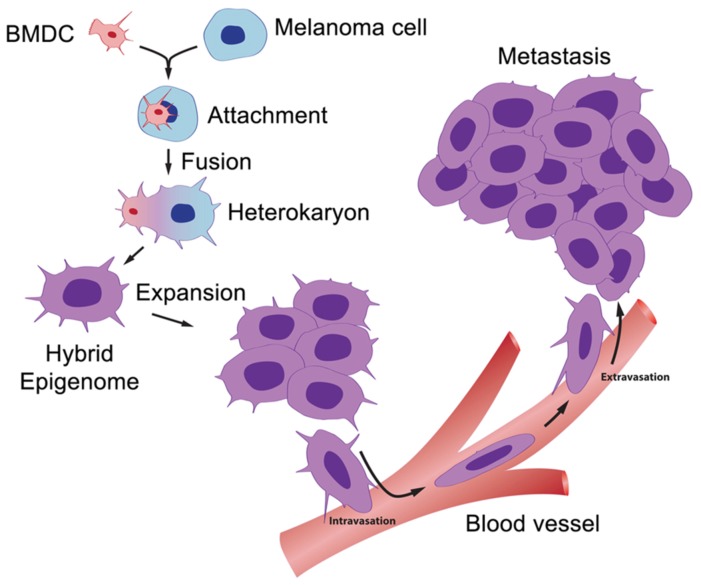Figure 5. The BMDC-cancer cell fusion hypothesis.
A motile BMDC (red) such as a macrophage or stem cell is drawn to a cancer cell (blue). The outer cell membranes of the two cells become attached. Fusion occurs with the formation of a bi-nucleated heterokaryon having a nucleus from each of the fusion partners. The heterokaryon goes through genomic hybridization creating a melanoma-BMDC hybrid with co-expressed epigenomes, conferring deregulated cell division and metastatic competence to the hybrid.

